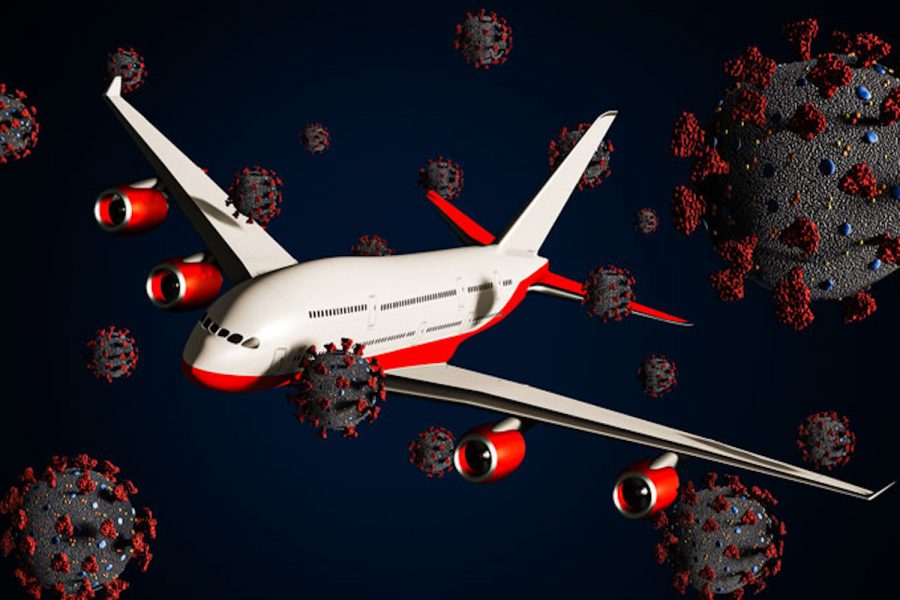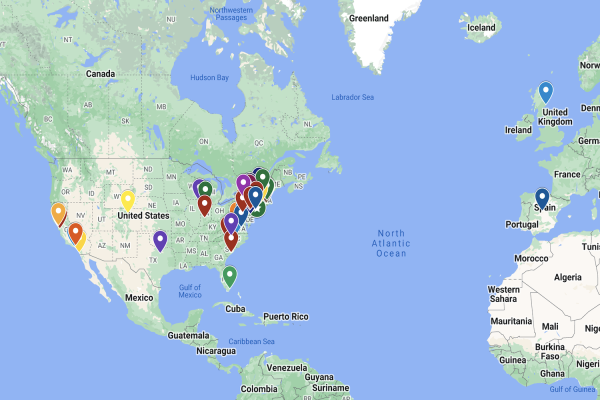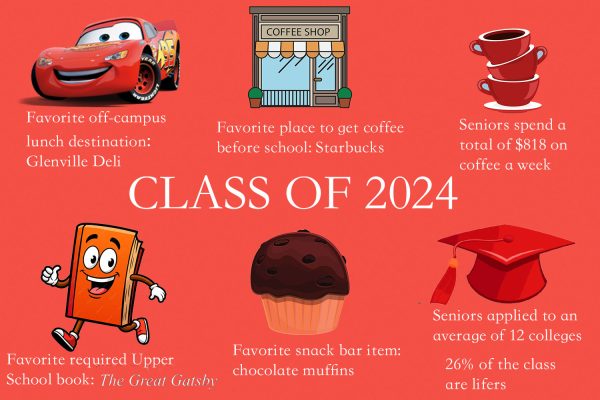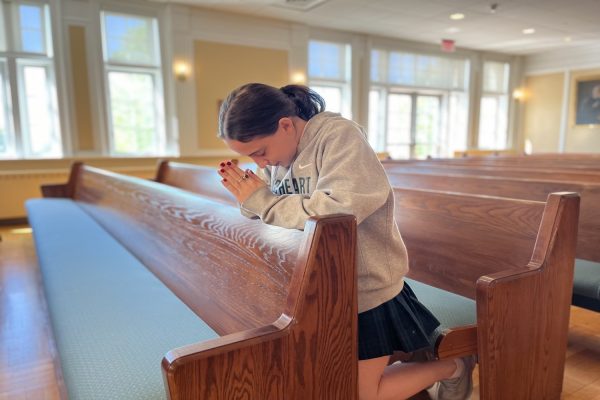Adaptations and adjustments to the airline industry
After suffering due to COVID-19, the airline industry strives to regain its economic standing.
The aviation industry, celebrated during the month of November, has seen a multitude of technological advancements since its early flights. These improvements, coupled with past unexpected events, have equipped the airline business with the tools necessary to maneuver through the coronavirus pandemic safely. Mr. David Barger, co-founder and former CEO of JetBlue Airlines and co-chair of Industry Specialists at Oaktree Transportation and Infrastructure Fund, analyzes the airline industry on its path to restoration after its rapid decline this year.
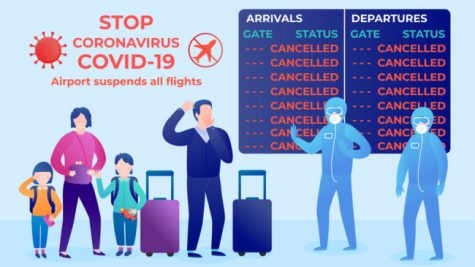
COVID-19 has reshaped the global economy in terms of how it has adapted to safety regulations. Some enterprises, such as e-commerce with companies such as Amazon, have flourished through the misfortunes of the economy. The car industry also continues to succeed, which, in turn, has a negative effect on the hotel industry, cruise ship industry, and airline industry, according to vox.com.
The aviation industry is primarily suffering from an extreme lack of revenue and profits from consumers. With the lack of travel due to closed borders, lockdowns, and regulations, United States travel was down 85 percent at the peak of the pandemic, according to mckinsey.com. Although the number of flyers is now beginning to increase, experts believe passenger levels will not return to where they were in 2019 until approximately 2024, according to airlines.com. Mr. Barger notes that this shift to fewer passengers markedly decreases income, making it difficult to support a cost base.
“I think what is really significant about it is all of a sudden your revenue is gone,” Mr. Barger said. “When you get back into the match timeframe, you have a cost base, but then there is no revenue to sustain the cost base.”
While airlines are suffering from the lack of flyers visiting friends and relatives (VFR), the essential clients are the business flyers, according to oecd.org. Business flyers pay a higher fare and are worth more than the average VFR flyer because of their typical day trips. Currently, these people who were previously a consistent source of income are mainly working from home and not traveling.
In the United States, passengers flying via American Airlines, Delta Airlines, United Airlines, and Southwest Airlines made up 86 percent of all the miles flown in the United States, whereas JetBlue Airlines, Alaska Airlines, and Hawaiian Airlines had a less prominent margin of the market, according to bts.dot.gov. Mr. Barger predicts that there will be more bankruptcies, mergers, and consolidations among airlines. He believes that stronger businesses, such as Southwest Airlines, can take advantage of their position, allowing them to continue to thrive after the coronavirus pandemic.
“I think Southwest is probably the strongest airline, and they are going to be positioned to become even bigger,” Mr. Barger said. “Those companies that have the strength of the balance sheet, the relations with their workforce, and a product that people want to fly are going to get stronger. So in a weird way, you take advantage of what you are positioned to with this seismic change in the industry.”
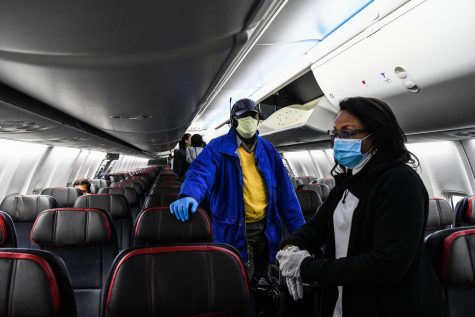
In order to adjust to the changes, there have been several restructuring changes to make up for the lost revenue. The 116th U.S. Congress passed the Coronavirus, Aid, Relief, and Economic Security (CARES) Act March 27, helping to pay off the debt in COVID-19 relief. Even though this bill kept people employed, the payroll support program that prohibited airlines from involuntary or layoffs expired October 1, forcing airlines to find other ways to stay afloat, according to airlineweekly.com.
Instead, companies are eliminating the cost associated with flying by grounding airplanes. This strategy means that the companies still pay the mortgage and other costs, but save direct operating, fuel, labor, and catering costs, according to blog.satair.com. Other tactics to reduce costs include selling planes or airplane hangers, selling or taking down stock shares, and removing revolvers or credit facilities from the bank. This is beneficial in terms of reducing cash burn and strengthening the balance sheet, which saves money for necessary safety precautions.
The economy and the feeling of safety in the aviation industry coincide on multiple occasions. Mr. Barger mentions the events of September 11, 2001, when people used the industry as a host to attack the country, and the global financial crisis of 2008 as examples of the resilience of airlines. These airline companies had to regain the trust of their consumers, learn how to rebuild revenue, and make flying appear engaging again. While unfortunate, it is these circumstances that show the adaptability of the airline industry. Mr. Barger highlights that the strength of the industry will facilitate lasting change and its powerful return after the coronavirus pandemic.
“I think that the airlines have done a good job, but this one is going to be so lasting,” Mr. Barger said. “There have been an awful lot of changes taking place that I think are going to be good for the industry too. Airlines are resilient overall and I think they are going to be fine.”
Featured Image by Ms. Angela Gittens

Charlotte is so excited to be a Content Editor, one of the Social Media Manager, and to assist with multimedia projects on the King Street Chronicle. She...

